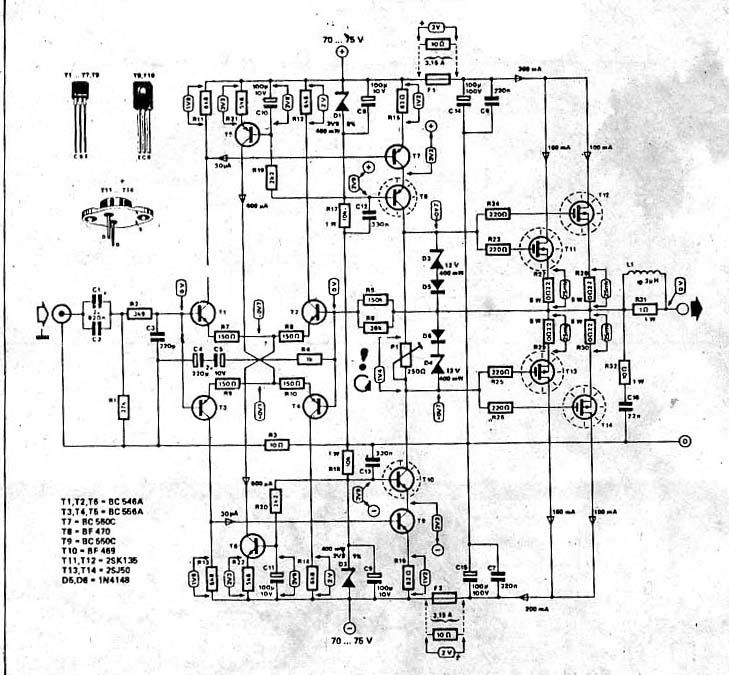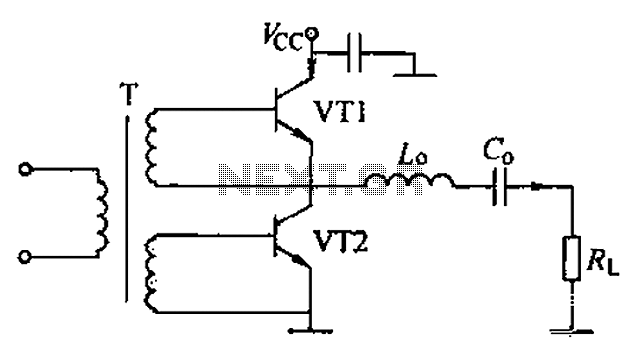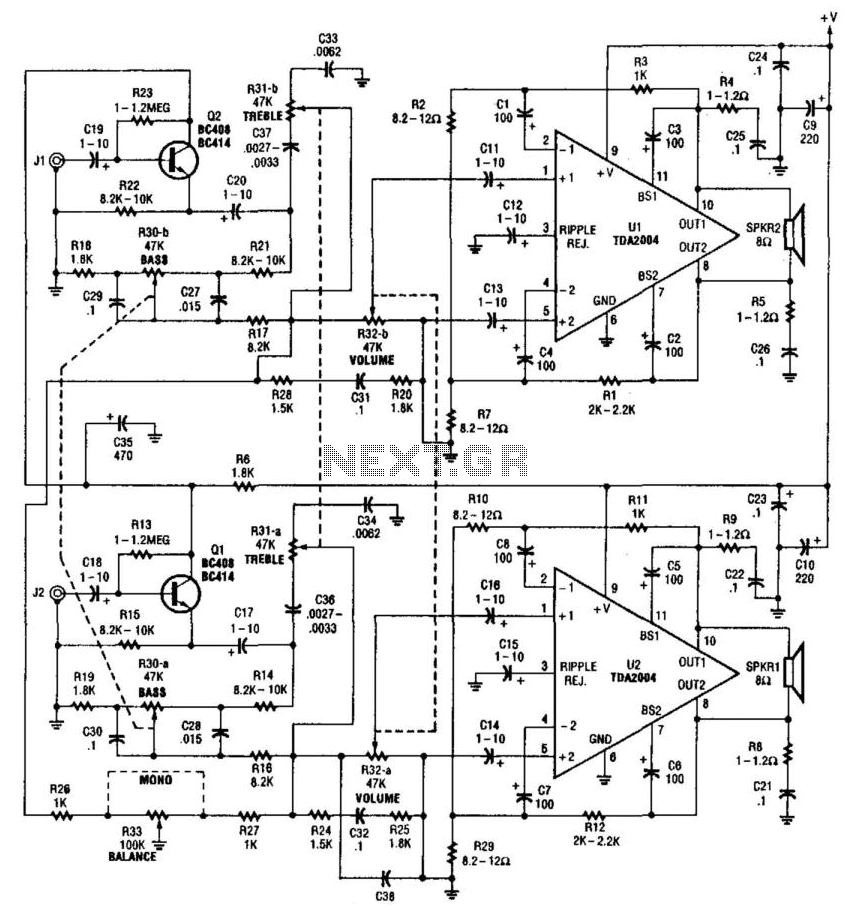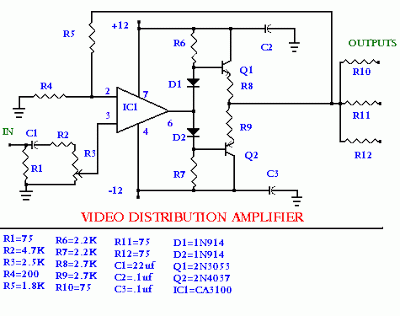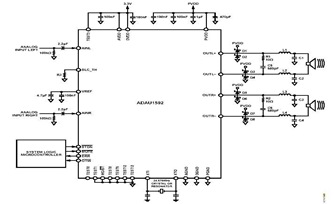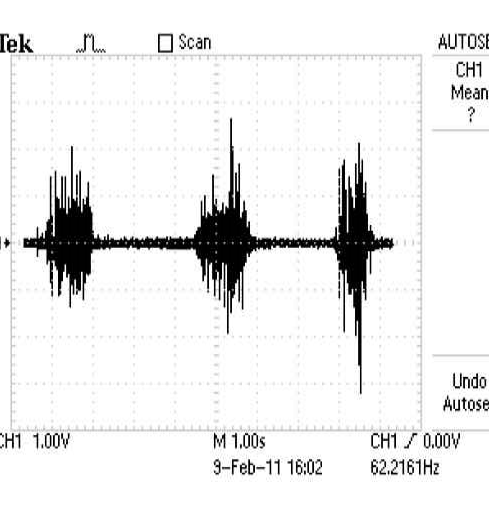
Programmable gain amplifier
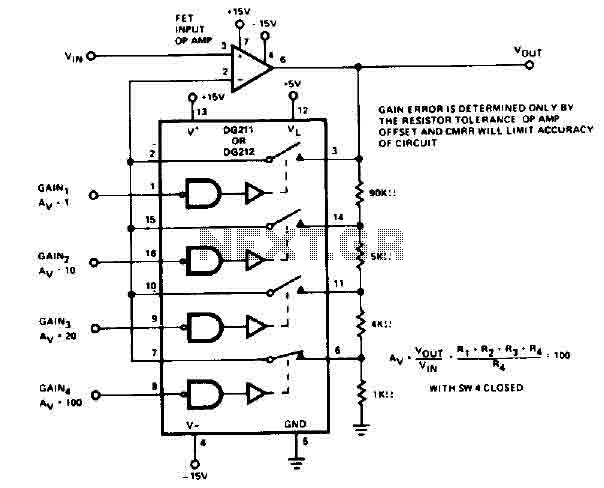
The circuit utilizes the DG212 to control gain through the use of resistors. To calculate the various gain levels, switch SW4 must be closed. Gain error is influenced solely by the tolerance of the resistors, the offset of the operational amplifier, and the common-mode rejection (CMR) which will limit the accuracy of the circuit. Additionally, the DG211 can also be employed within the same schematic.
The circuit is designed around the DG212, a dual analog switch that allows for precise control over the gain of the signal. The gain configuration is established by selecting appropriate resistor values, which can be adjusted based on the desired output level. The switch SW4 is integral to this configuration, enabling the user to select different gain settings by closing the switch, thereby routing the signal through different resistor paths.
The gain error in this circuit is a critical parameter, primarily determined by the tolerance of the resistors used in conjunction with the operational amplifier's offset voltage. Resistor tolerances can introduce variability in the gain, while the offset of the op-amp can shift the entire output level. Common-mode rejection (CMR) is also essential as it impacts the circuit's ability to reject noise and interference, which is particularly important in precision applications.
In addition to the DG212, the DG211 can be utilized within the same schematic. The DG211 is similar in function but is a single analog switch, which may be beneficial in designs requiring fewer channels or for applications where space is constrained. The choice between the DG211 and DG212 will depend on the specific requirements of the circuit, such as the number of channels needed and the complexity of the gain control.
Overall, careful consideration of component selection, including resistor values and operational amplifier specifications, is necessary to achieve optimal performance in terms of gain accuracy and stability within the circuit.The circuit uses the DG212 which controlling the gain using resistors. To calculate the different gains SW4 should be closed. Gain error is determined only by the resistor tolerance op amp offset and CMR will limit accuracy of circuit. You can use the DG211 as well in the same schematic. 🔗 External reference
The circuit is designed around the DG212, a dual analog switch that allows for precise control over the gain of the signal. The gain configuration is established by selecting appropriate resistor values, which can be adjusted based on the desired output level. The switch SW4 is integral to this configuration, enabling the user to select different gain settings by closing the switch, thereby routing the signal through different resistor paths.
The gain error in this circuit is a critical parameter, primarily determined by the tolerance of the resistors used in conjunction with the operational amplifier's offset voltage. Resistor tolerances can introduce variability in the gain, while the offset of the op-amp can shift the entire output level. Common-mode rejection (CMR) is also essential as it impacts the circuit's ability to reject noise and interference, which is particularly important in precision applications.
In addition to the DG212, the DG211 can be utilized within the same schematic. The DG211 is similar in function but is a single analog switch, which may be beneficial in designs requiring fewer channels or for applications where space is constrained. The choice between the DG211 and DG212 will depend on the specific requirements of the circuit, such as the number of channels needed and the complexity of the gain control.
Overall, careful consideration of component selection, including resistor values and operational amplifier specifications, is necessary to achieve optimal performance in terms of gain accuracy and stability within the circuit.The circuit uses the DG212 which controlling the gain using resistors. To calculate the different gains SW4 should be closed. Gain error is determined only by the resistor tolerance op amp offset and CMR will limit accuracy of circuit. You can use the DG211 as well in the same schematic. 🔗 External reference
